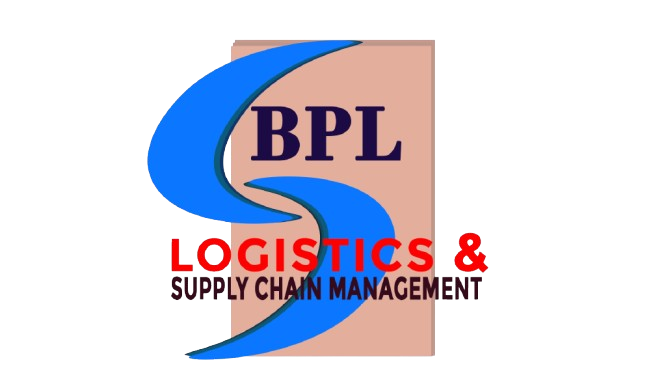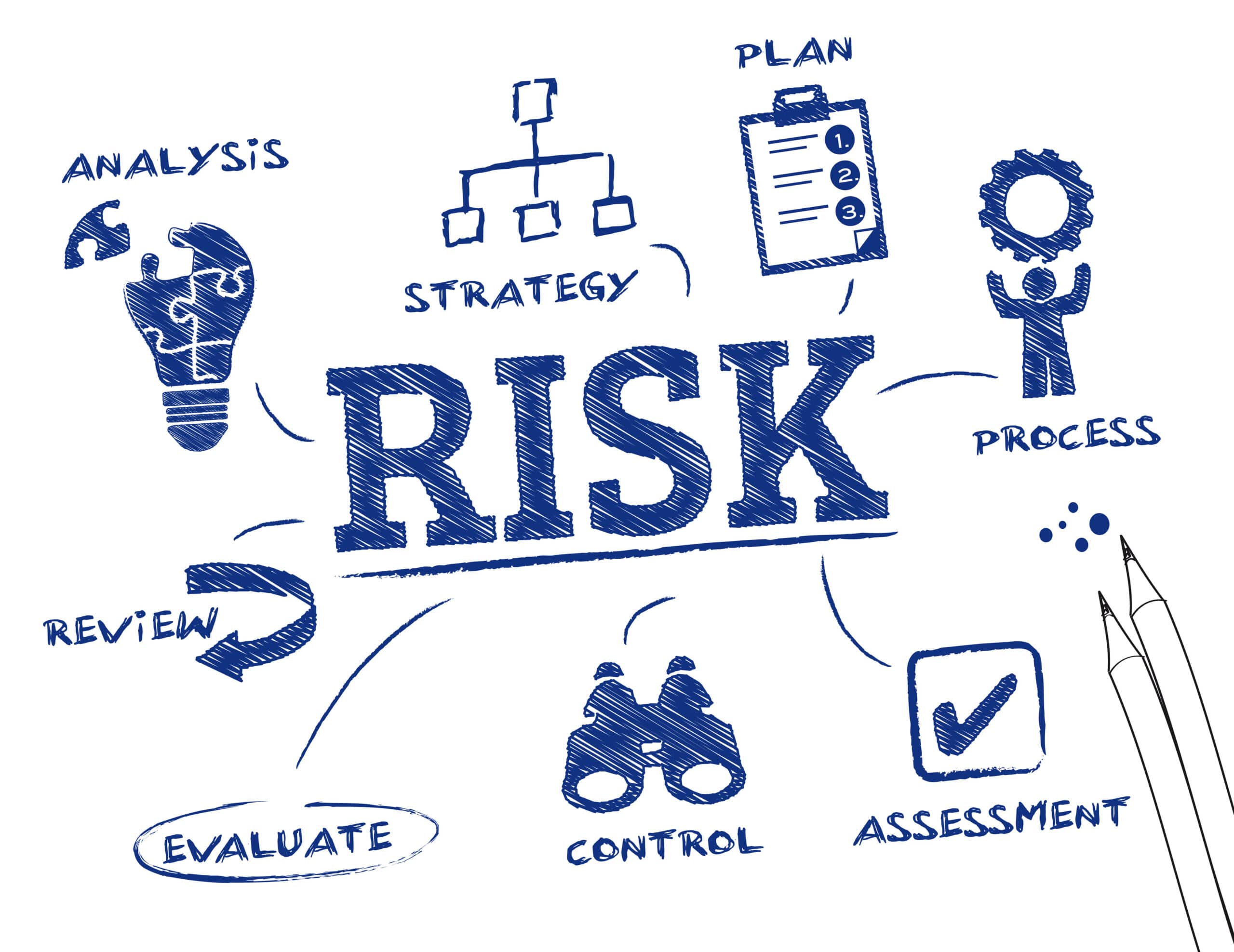Every fleet comes with risks, whether it’s accidents, driver behavior, or external factors like weather and road conditions. To reduce these risks and protect both your people and assets, you first need to understand where the risks exist. That’s where a fleet risk assessment comes in.
Here are three straightforward steps you can take today to assess risks in your fleet and take action.
Step 1: Identify Hazards
Hazards are anything that could cause harm, unsafe driving practices, poor vehicle setup, equipment misuse, or even environmental factors.
- List all vehicles in your fleet, including any special-use or occasional vehicles that may operate on your premises.
- Note common activities linked to these vehicles (loading, unloading, long-haul driving, off-road operations, etc.).
- Mark high-risk areas such as depots, loading bays, or busy intersections where your vehicles operate.
This gives you a clear picture of where hazards are most likely to occur.
Step 2: Assess the Risks
Once hazards are identified, the next step is to evaluate how likely they are to cause harm and how serious the outcomes could be.
- Consider who could be affected: drivers, employees, contractors, customers, or the public.
- Think about external factors such as poor road conditions, heavy traffic, extreme weather, or nighttime operations.
- Review how vehicles are being used, are they suited to the type of load or activity?
- Look at past incidents, accidents, or near-misses for clues about recurring risks.
This helps you prioritize the most urgent risks that need immediate attention.
Step 3: Control the Risks
After assessing, the final step is to decide how to manage and reduce risks effectively.
- Review current safety measures and ask: are they enough, or do they need improvement?
- Put controls in place, this may include training drivers, setting stricter safety policies, or improving vehicle maintenance schedules.
- Use telematics and fleet management technology to monitor driver behavior, track vehicles in real time, and ensure compliance with safety standards.
The insights gained from your risk assessment should feed into a clear fleet safety policy. This policy will act as a roadmap for ongoing risk management and a reference point for both drivers and managers.
Conclusion
Fleet risk assessment isn’t a one-time exercise, it’s an ongoing process that helps you create a safer, more efficient operation. By identifying hazards, assessing risks, and applying the right controls, you can prevent accidents, reduce costs, and protect both people and assets.
At Best Practices Limited, we provide advanced telematics solutions that make risk assessment and safety management easier. From driver monitoring to vehicle tracking, our technology gives you the visibility and insights needed to reduce risks before they become costly incidents.
Start assessing your risks today, because a safer fleet is a stronger fleet.

